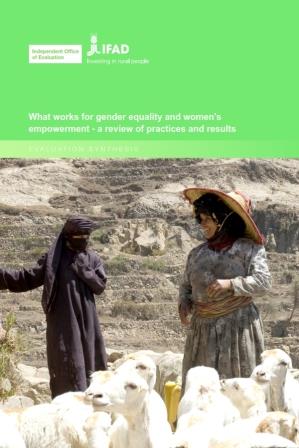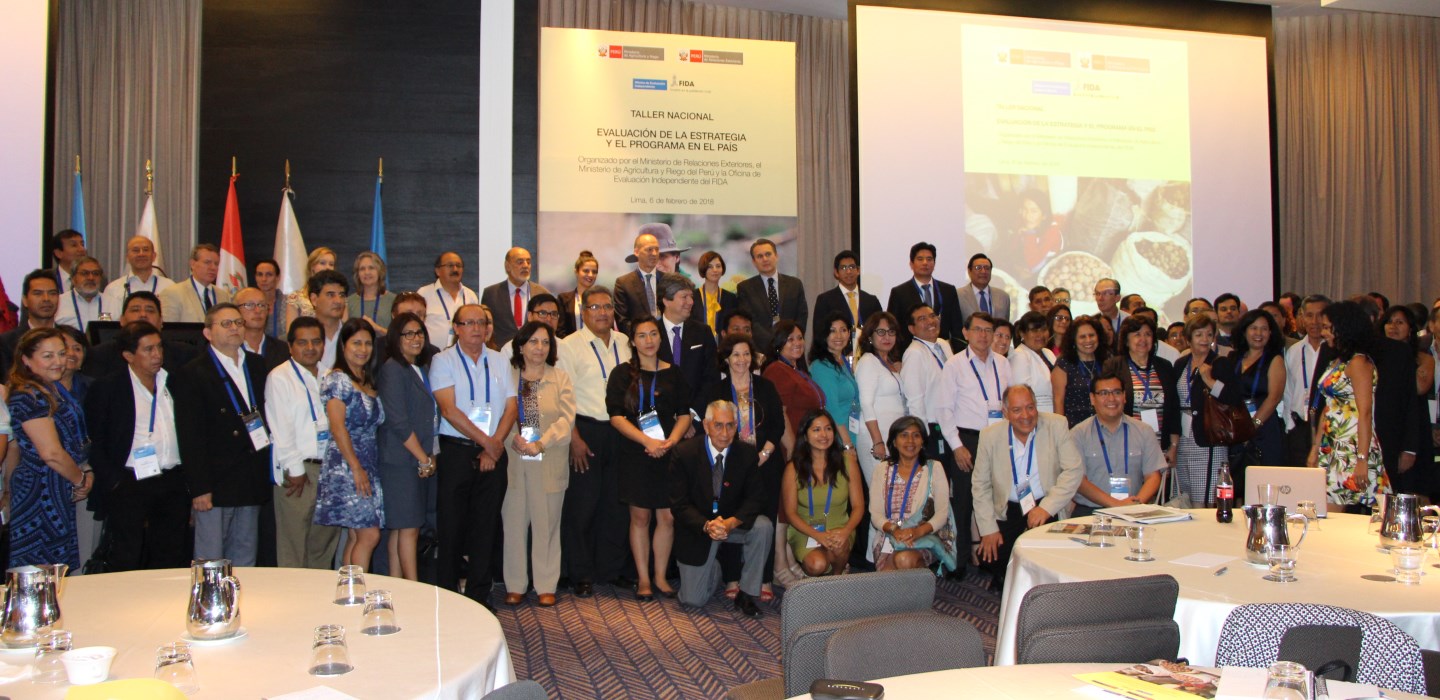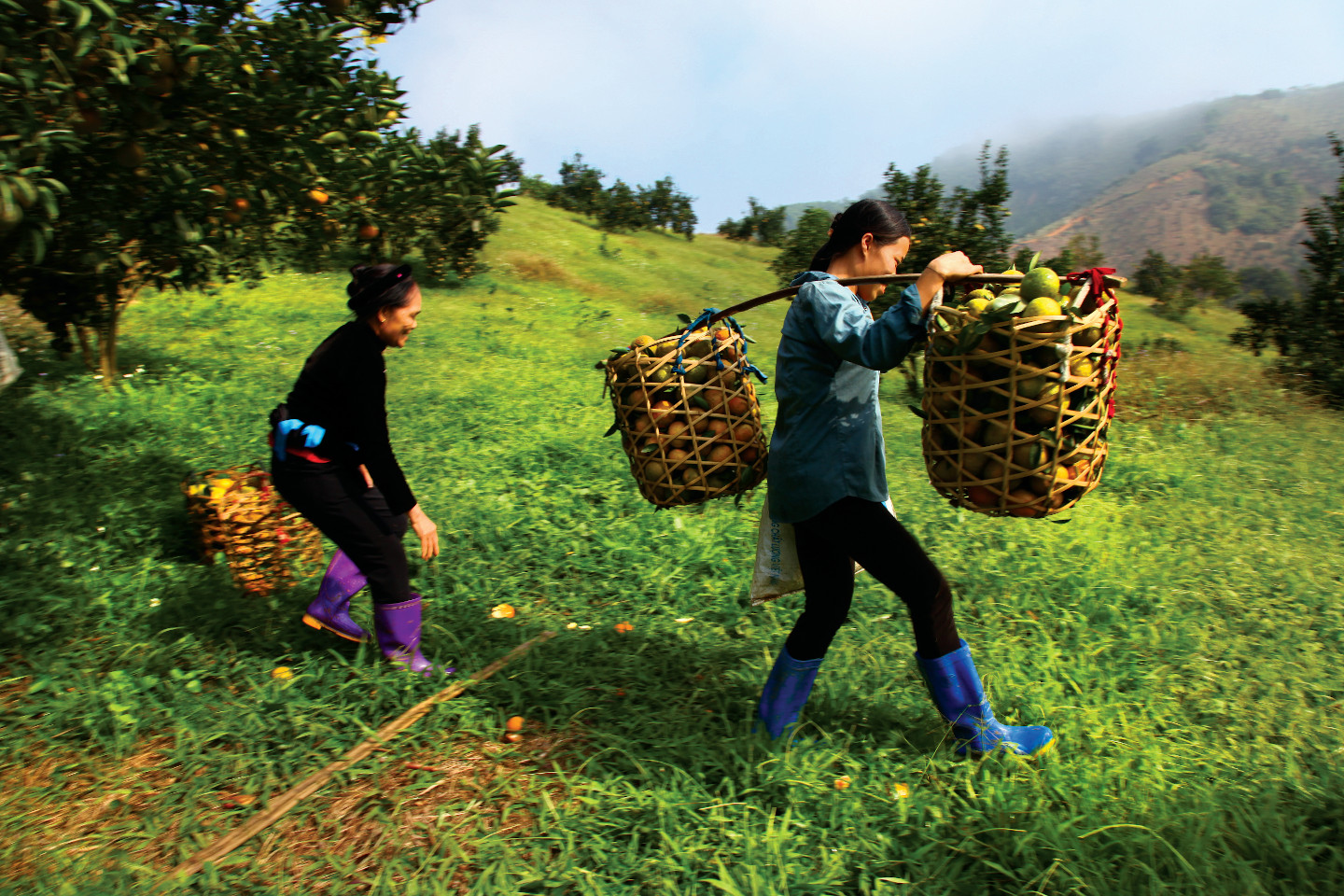20 countries, 10 lessons – IOE reviewed what works for gender equality in IFAD-supported projects - IOE
Gender equality and women's empowerment are at the heart of IFAD's mandate of rural poverty reduction. Integrating a gender perspective into IFAD's operations has been an important priority. But, we must also think about effectiveness: What were the practices that have delivered transformative and thus relevant gender equality results? To what extent did they challenge existing social norms and the distribution of power and resources between men and women? The Independent Office of Evaluation of IFAD (IOE) conducted an evaluation synthesis to identify gender-transformative practices. It reviewed 57 evaluation reports and 121 practices in 20 different countries. The result: 10 lessons for transformative change.
Practices for transformation
The report identifies practices that have delivered gender equality and women's empowerment results. Particular emphasis was on those practices that are transformative and therefore relevant in the context of the Agenda 2030: Leaving 'no one behind' means that those hardest to reach will benefit in an equitable manner. Reaching out to women is important, but we need to increase our efforts to also include those who are less visible, for example indigenous women, young women, elder women, migrant women. Finally, leaving no one behind also requires to address the economic, political and cultural barrier of gender inequality.
IFAD supports gender-transformative changes in four areas: improved access to resources and opportunities; more equal work burden an reduced time poverty of women; increased decision-making power; and changes in norms and values around gender equality.
Lessons
- Empowering and gender transformative approaches. Interventions have to be designed for transformative change; general and inclusive approaches to rural poverty reduction are less likely to be transformative.
- Culture sensitivity and good contextual analysis. Transformative strategies have to address the root causes of gender inequality and challenge gender roles and power relations, based on a good understanding of the socio-economic context.
- Multiple and complementary activities. It requires a package of activities to facilitate changes in gender roles and relations.
- Protection against violence. Protecting women from violence can transform women's live and enable them to claim public spaces.
- Promote unconventional roles and reduce women's workloads. Promoting new roles helps shifting mind-sets and commonly held beliefs. The issue of high workloads, often unpaid, must be squarely addressed.
- Support women's organisations. Credit, marketing and community planning can provide platforms for mutual support and interest. Social mobilization and enhanced leadership helps women to claim political spaces.
- Highly participatory approaches. Participatory approaches can support gender-inclusive outcomes, if combined with specific strategies to target women.
- Policy engagement. A transformative approach must reach out to decision makers to ensure that positive changes on the ground are sustainable and are scaled up.
- Working with men. Men are often the gatekeepers of customary practices that limit women's access to resources or public spaces
- Effective implementation and adequate resources. Resources for gender related activities need to be adequately budgeted and used.


